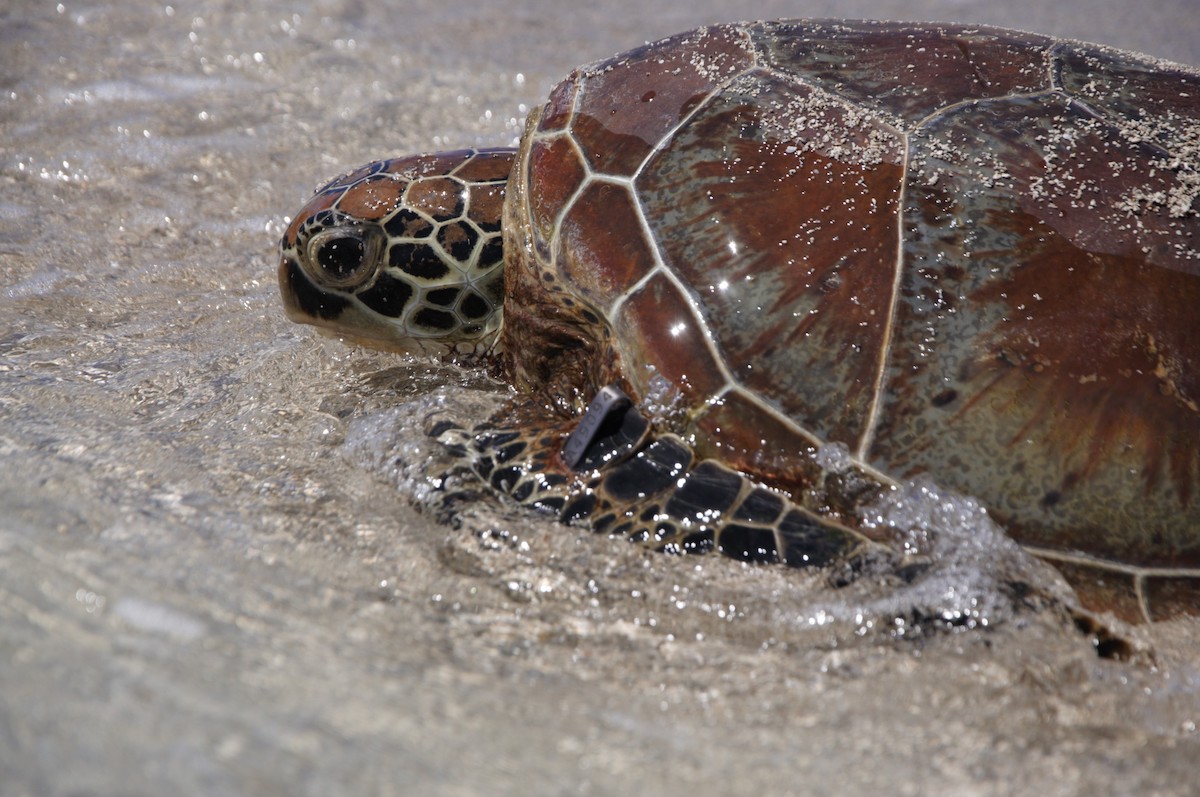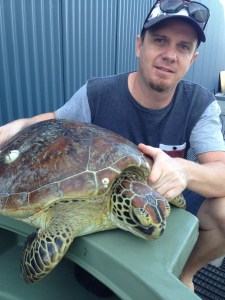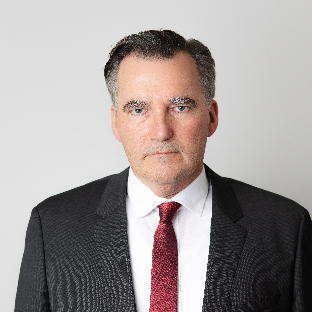
Last year was a grim season for sea turtles in Queensland’s Wide Bay-Burnett region with more than 10 times the usual number of sick and dying animals, including over 100 turtles, pulled from the water.
The Australian Rivers Institute Toxicology Research Group (ARI-TOX) is investigating the potential role that chemical pollution had on the elevated green turtle strandings on the Fraser Coast following the major flooding events in early 2022.
“At this stage, we don’t know if these strandings were related to disease, parasites, changes to quantity and quality of food sources, chemical pollutants, or a combination of multiple factors,” said ARI-TOX marine ecologist and eco-toxicologist Dr Jason van de Merwe.

“During large flooding events, chemical pollutants, such as pesticides and industrial chemicals, are often washed into coastal areas, where they can then accumulate in the resident sea turtles.
“Many of these chemicals have known effects on humans and other animals, so we are looking into if and how they’re contributing to the observed elevated strandings of green turtles.”
Researchers at ARI-TOX collaborated with the Queensland Department of Environment and Science to capture green turtles foraging in the waters of Hervey Bay adjacent to pollution sources in river mouths and urban outflows, while also assessing turtles in the eastern bay areas, further away from potential pollution sources.
With assistance provided through the jointly funded Commonwealth-State Disaster Recovery Funding Arrangements, the general health and demographics of the green turtle population were recorded during these sampling events, including size and age, indicators of health and body condition, and breeding status.
Blood samples were also collected from each turtle for investigations into health and toxicology, the latter to be performed by ARI-TOX researchers.
“Full credit must be given to the Australian Government and the Queensland Department of Environment and Science for initiating such a swift and comprehensive investigation into the potential impacts of the 2022 floods on the health of marine wildlife,” Dr van de Merwe said.
“They did a great job in assembling a multi-disciplinary team of sea turtle experts, wildlife veterinarians, pathologists and toxicologists. As toxicologists, our role in this project is to determine the amount and types of metals and organic contaminants found in these sea turtles, and investigate whether there are any links to the health and demographic data collected.
“We measure metals using well established analytical techniques, however, due to the vast array of organic pollutants that are found in the marine environment, we measure the toxicity of the specific mixture of organic contaminants extracted from each individual turtle sampled, using a cell-based test.
“To test the combination of contaminants that the turtles accumulate, we concentrate the mixture of organic contaminants found in a sea turtle blood sample, perform a series of dilutions of this concentrate, and, using a novel sea turtle specific cell-based toxicity assay, expose sea turtle cell cultures from ARITOX’s Marine Wildlife Cell Bank to this concentration gradient.
“These assays will allow us to understand if the level of pollutants currently found inside the turtles is toxic to their cells, and if not, how much it has to increase to cause a toxic response.”
In a separate component of the project investigating the impacts of flooding on marine wildlife, the ARI-TOX team are also collaborating with Sea World and other wildlife hospitals to measure the chemical contamination of sea turtles, dolphins and dugongs that are currently being stranded in South East Queensland.
“The goal of this aspect of research is to again determine what the potential role of chemical pollution is in causing the elevated levels of marine wildlife strandings we have been seeing in the region in recent years,” Dr van de Merwe said.







